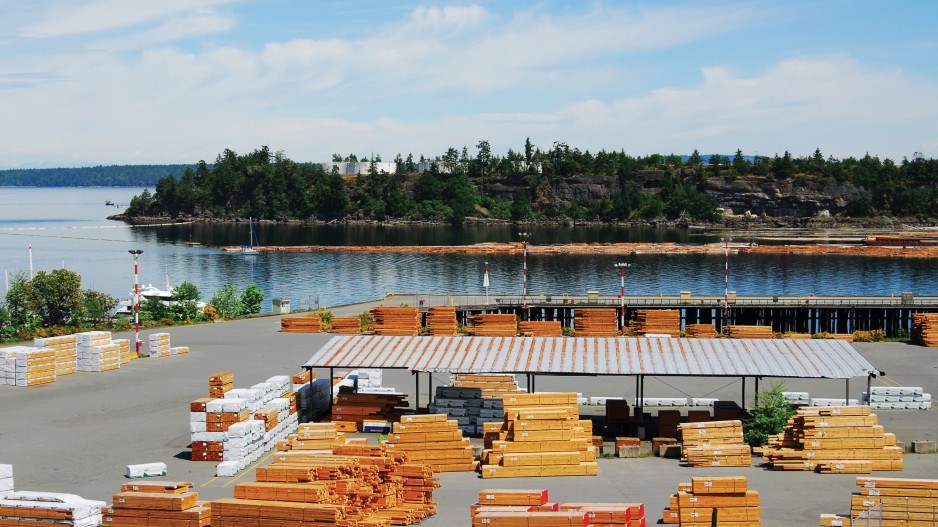Despite the many headwinds that has battered B.C.’s forest sector – pests, fires, duties, shrinking timber supply – it remains an economic “cornerstone,” generating $13 billion in gross domestic province and employing 140,000 British Columbians, 9% of whom are First Nations.
That’s the conclusion of a new report by PwC. The report was commissioned by the Council of Forest Industries (COFI), and released today, April 3, as a kick-off to its annual convention in Vancouver.
Forestry generates jobs and economic activity in every corner of the province, but is particularly important to certain regions, like the Cariboo, where forestry accounts for 22% of the jobs.
“This new study confirms that not only does the forest industry generate significant jobs and economic activity for the province overall, but these benefits can be found in every corner of the province – from Vancouver Island to the Interior, Lower Mainland to the Kootenays, and North Coast, Okanagan and Northeast regions of the province,” COFI president Susan Yurkovich said.
The study found that 40% of the jobs in B.C.’s forestry sector are in Lower Mainland and southwest region of B.C.
The PwC study focused on seven regions, some of which specialize in certain types of products. Vancouver Island, for example, is the province’s biggest pulp and paper producer and forestry is its largest resource sector. It produces 30% of the pulp and paper produced in B.C.
The Thompson-Oakanagan region, meanwhile, has the most plywood and veneer mills, and the North Coast-Nechako region has the most wood pellet production.
About 9% of the workforce in the forestry sector are First Nations, who have increased their involvement in the industry in recent decades. There are a number of First Nations business and contractors in the forestry, and a number of tree farm licences are held by First Nations.
“This level of employment is more than in any other resource sector in B.C.,” COFI said in a news release.
For government, forestry in B.C. generates $1..4 billion in federal taxes annually, $2.6 billion in provincial taxes, and $198 million in municipal taxes.
“While this study demonstrates once again that the forest industry continues to be an economic engine for our province, we are also an industry that is facing significant challenges, including rising fibre costs, ongoing trade headwinds and strong global competition,” Yurkovich said.
Some of those challenges will be discussed at this week’s conference, which runs from Thursday to Friday.
Keynote speakers at this year’s convention include Premier John Horgan and David MacNaughton, Canada’s ambassador to the U.S.




